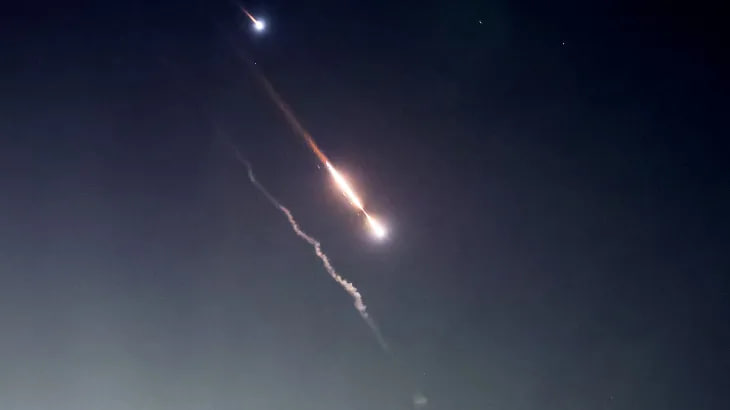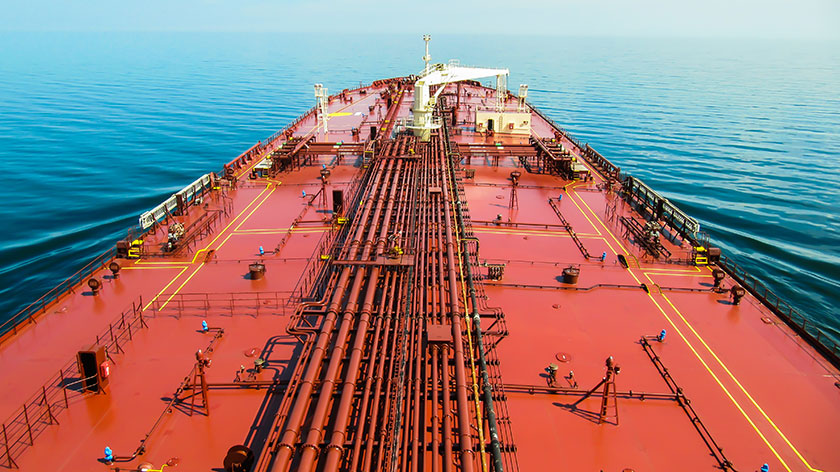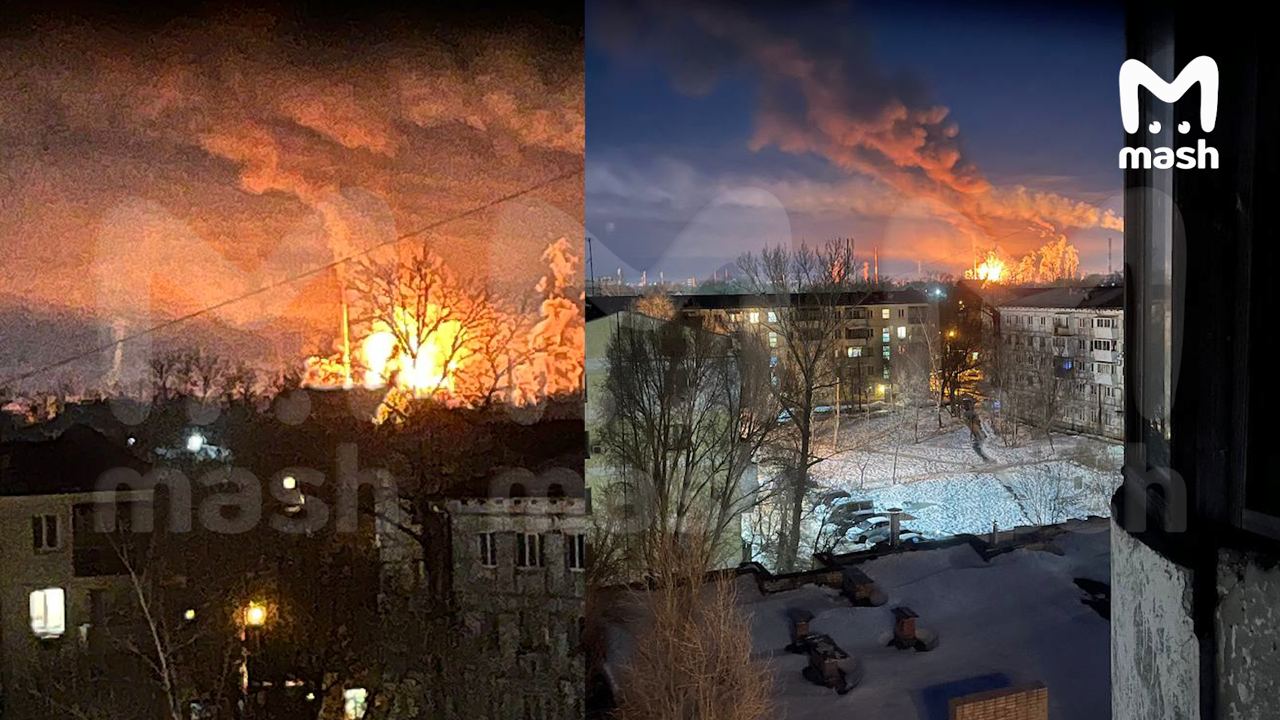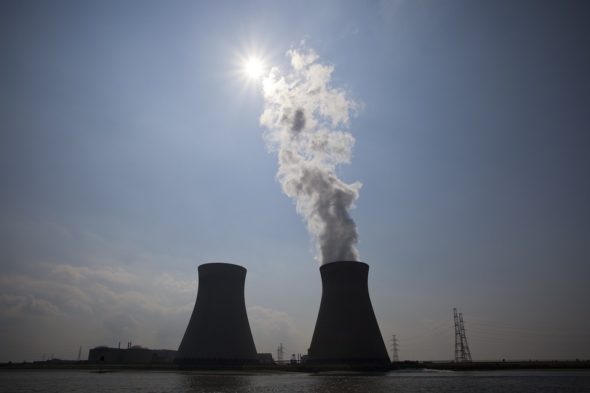Twój koszyk jest obecnie pusty!
Nord Stream 2: Commercial Project or Geopolitical Threat? Commentary for Center on Global Interests
Nord Stream 2 is a commercial project if you take into account the political goal. In terms of economic feasibility, it assumes that building another gas pipeline through the Baltic Sea will allow Gazprom to export up to 110 billion cubic meters (bcm) annually. During the St. Petersburg International Economic Forum, Gazprom announced that it would…

Nord Stream 2 is a commercial project if you take into account the political goal.
In terms of economic feasibility, it assumes that building another gas pipeline through the Baltic Sea will allow Gazprom to export up to 110 billion cubic meters (bcm) annually. During the St. Petersburg International Economic Forum, Gazprom announced that it would be possible to decrease its transit through Ukraine from the present annual 50-60 bcm to 10-15 bcm in 2020, and – according to Russian estimates questioned by Ukrainians – save money by using Nord Stream 2. According to my estimates, Gazprom could sell around 77 bcma using Nord Stream 1 and 2 to Central and Eastern Europe. German operators have already agreed to build the EUGAL extension, which will allow an increase of exports without approval from the European Comission, for a full Gazprom monopoly on the OPAL extension. EUGAL is to send 51 bcma to the Czech Republic (and then further East and South) and 11 bcma to Poland. In this manner, Nord Stream 2 is completely feasible, under one circumstance.
Nord Stream 2 needs European political agreement on decreasing gas transit through Ukraine, and that’s what makes it a political project. Decreasing Ukrainian transit will mean serious losses for Ukraine’s budget and stability. Moreover, it goes against the political goals of the European Union, which is spending millions on reforms in this country. It goes against the Energy Union goal of diversification because it will allow Gazprom to saturate Central and Eastern Europe with Russian gas. An active pricing policy could allow the Russians to block any alternative, like the Polish LNG Terminal or Norwegian and Caspian gas deliveries. However, the International Energy Agency predicts that American LNG could be even cheaper.
That is why Nord Stream 2 is heavily criticized by Poland, the Czech Republic, Slovakia, Hungary, Lithuania, Latvia, Estonia and Romania. The instrument to dissolve this alliance would be to include more countries into Nord Stream 2, for example by adding to the “Northern Corridor” of Nord Stream2 and OPAL/EUGAL additional projects. These could include the BACI (Bidirectional Austria-Czech Republic Interconnector) and/or Eustream pipelines, or contracts like the 1 bln-dollar deal for construction of the sea part by, probably, Italian Saipem, or pipeline delivery from Austrian Voestalpine. That is how the project can become economically attractive to companies other than Western European Shell, OMV, BASF, E.on and Engie included in Nord Stream 2 consortium. But it is still incompatible with goals of the European Commission and the European Union in general.
The European Commission has stated that it can only guarantee the project does not go against European law. The consortium responsible for the new pipeline can adjust the project to fulfill this requirement by allowing other Russian companies and “independent” operators to take part. But it is ultimately up to the member states to decide the fate of Nord Stream 2. Gazprom’s active charm offensive is creating deep divisions inside EU, as the Germans do not want to quit the project despite growing opposition within the EU. Gazprom’s initiative could serve as the perfect economic solution for increasing Russian gas deliveries to Europe. But is it our Community’s real goal?
Source: Center on Global Interests





Leave a Reply